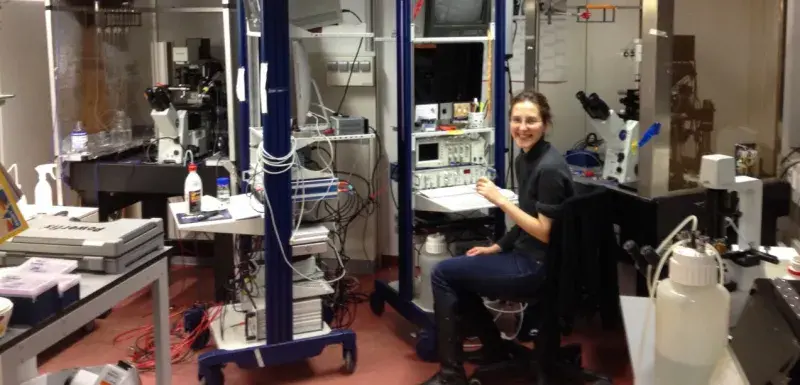Research Summary
The human brain contains ~86 billion neurons, which communicate through specialized communication ports called synapses. Approximately 80% of cortical synapses use glutamate to relay the signal from one neuron to the other, making it the most abundant neurotransmitter in the vertebrate brain and more than 50% of the brain energy is utilized on glutamatergic signalling. Once glutamate is released into the synapse, AMPA receptors are the first and the fastest proteins to bind it and be activated by it, making them one of the central players in neurotransmission. Changes in the normal behaviour of AMPA receptors can lead to severe neurological disorders, such as epilepsy and complex neurodevelopmental disorders.
At the Biophysics of AMPA-type Glutamate Receptors Group we want to understand the function of these and related proteins involved in synaptic signalling.
We use cellular and molecular approaches in combination with biophysical methods to understand how the structure and function of AMPA receptors enable them to function in the highly dynamic environment of the synapse.


